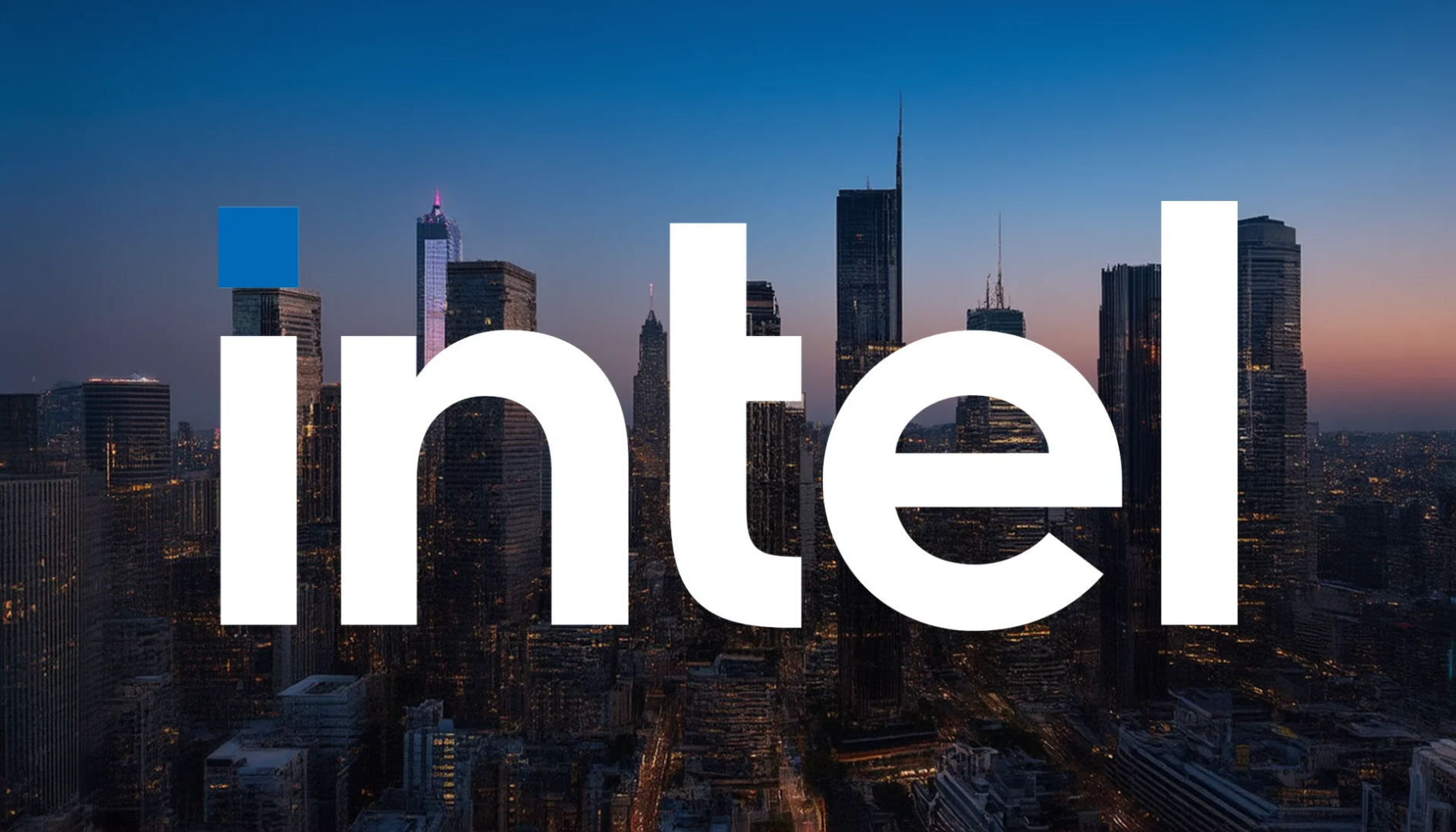Intel’s stock is demonstrating remarkable resilience, staging an impressive recovery in a business segment long considered its weakest link. For years, the semiconductor giant struggled with manufacturing delays, but now its internal production capabilities are emerging as a potential primary growth engine. This dramatic shift raises a crucial market question: does this represent genuine transformation or speculative excess?
Technical Breakthrough with Panther Lake
Intel recently unveiled technical specifications for its upcoming Panther Lake processors, signaling a significant strategic shift. These chips represent the first high-volume processors manufactured entirely on Intel’s advanced 18A fabrication process. The company projects substantial improvements, including up to 30% greater power efficiency and performance gains reaching 50% in specific applications.
This development marks a critical departure from recent practice. Unlike the preceding Lunar Lake generation, which relied heavily on manufacturing by competitor TSMC, Panther Lake signifies Intel’s return to self-sufficient production. This transition suggests the company is effectively addressing previous manufacturing challenges that had hampered its competitive position.
UBS Analysis Projects Substantial Upside
Market analysts at UBS have reinforced this positive sentiment by elevating their price target for Intel shares from $35 to $40—a notable 14% increase. More significantly, this new target implies nearly 100% growth potential from current trading levels. The financial institution arrived at this bullish assessment through detailed segment-by-segment valuation, identifying particular strength in Intel’s foundry operations.
The research team evaluated Intel’s manufacturing assets using methodologies similar to those applied to global competitors, concluding that the combined value of business units substantially exceeds the company’s present market capitalization. This perspective gains credibility from recent strategic investments, including NVIDIA’s $5 billion commitment and SoftBank’s $2 billion allocation toward Intel’s manufacturing initiatives.
Should investors sell immediately? Or is it worth buying Intel?
Geopolitical Support and Competitive Dynamics
Broader political developments are increasingly influencing Intel’s positioning. Reports indicate the U.S. government is considering converting CHIPS Act subsidies into a 10% equity stake in Intel, highlighting the strategic importance of domestic semiconductor production for national security objectives.
This governmental backing, combined with massive capital investment, positions Intel to potentially emerge as a viable alternative in the contract manufacturing landscape—a sector currently dominated by TSMC. The competitive pressure on the industry leader is consequently intensifying as Intel accelerates its catch-up efforts.
Sustainability of Current Momentum
Intel shares have delivered impressive returns year-to-date, advancing over 60% and trading near 52-week highs. Investors now face the essential determination of whether this represents a fundamental turnaround or excessive market enthusiasm.
The upcoming quarterly report, scheduled for late October, should provide critical clarity. Market participants will scrutinize progress within the foundry division, success in attracting new manufacturing clients, and production yields for the 18A process. Should Intel demonstrate tangible advancements in these areas, the current upward trajectory may represent merely the initial phase of a longer-term appreciation.
Ad
Intel Stock: Buy or Sell?! New Intel Analysis from November 24 delivers the answer:
The latest Intel figures speak for themselves: Urgent action needed for Intel investors. Is it worth buying or should you sell? Find out what to do now in the current free analysis from November 24.
Intel: Buy or sell? Read more here...









